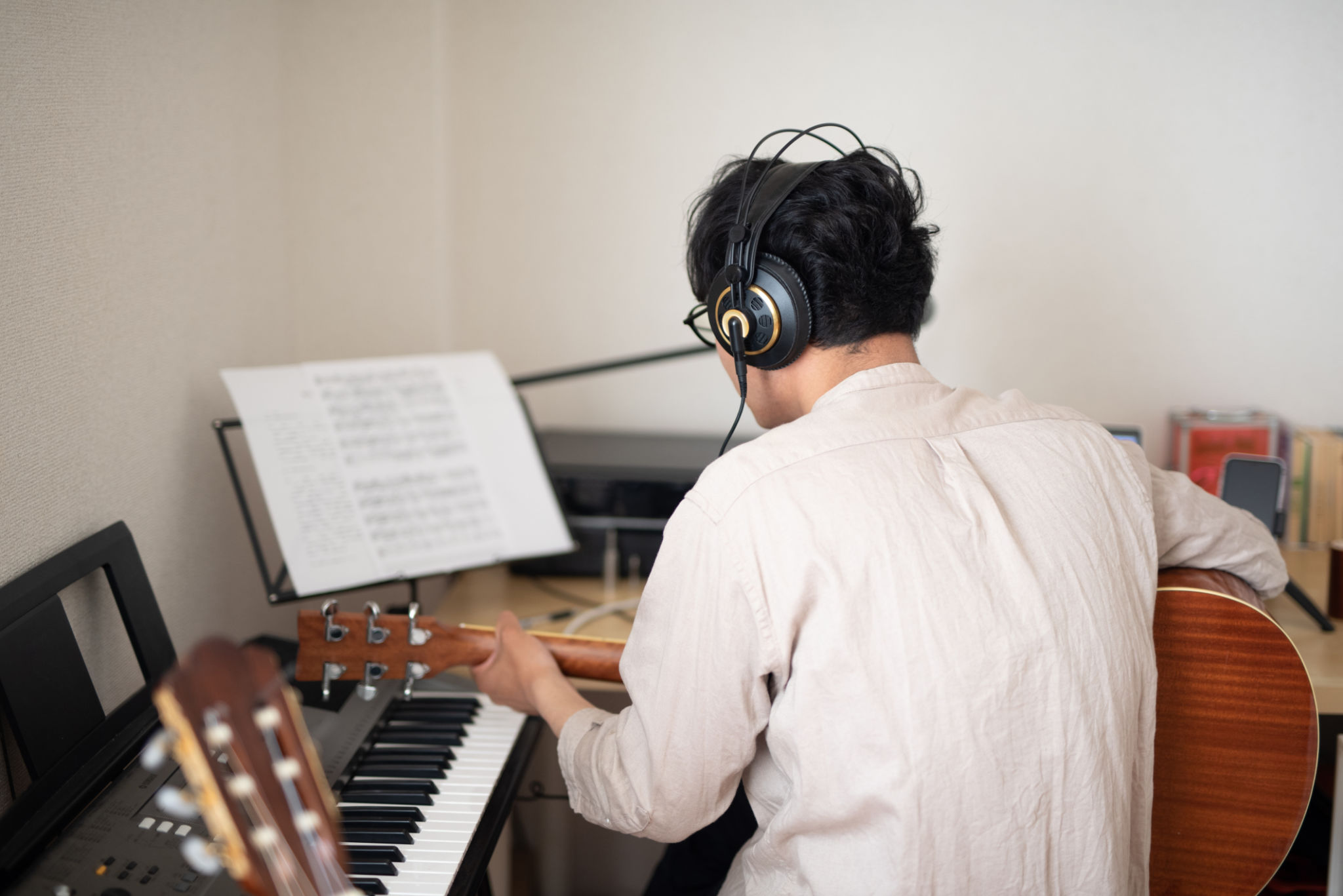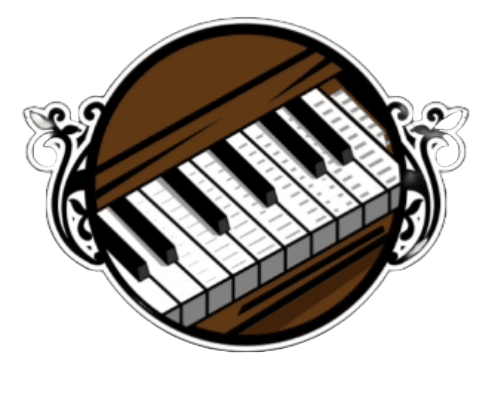Comparing Piano Teaching Styles: Finding the Right Fit for You
Introduction to Piano Teaching Styles
Learning to play the piano is a rewarding journey, but selecting the right teaching style can significantly impact your experience and progress. With various methods available, it’s essential to find one that aligns with your learning preferences and goals. In this post, we'll explore some popular piano teaching styles to help you make an informed decision.
Traditional Piano Teaching
Traditional piano teaching, often referred to as the classical method, focuses on reading sheet music, technique, and performance. This approach is highly structured and emphasizes mastering pieces from classical composers such as Bach, Beethoven, and Mozart. Students typically progress through graded levels, building a solid foundation in music theory and technique.
This method is ideal for students aiming for a comprehensive understanding of music and those who aspire to perform professionally. However, it may not suit everyone, especially those who prefer a more relaxed or contemporary approach to learning.

Suzuki Method
The Suzuki Method, developed by Dr. Shinichi Suzuki, is based on the idea that music education should mimic language acquisition. It emphasizes learning by ear before reading music, fostering a nurturing and supportive environment. Parents are encouraged to participate actively in their child's learning process.
This method is particularly suitable for young children, as it builds a strong auditory foundation and promotes a love for music from an early age. However, some critics argue that it may delay sight-reading skills, which can be crucial for advanced musical development.
Contemporary and Pop Piano Teaching
For those interested in playing popular music, contemporary and pop piano teaching styles might be more appealing. These methods focus on chord progressions, improvisation, and playing by ear. Often, the emphasis is on creativity and personal expression rather than strict adherence to written music.
This style is excellent for students who wish to play in bands, accompany singers, or simply enjoy playing their favorite songs. It can be a more flexible and enjoyable approach for those not looking to pursue classical training.

Online and App-Based Learning
In recent years, online and app-based piano learning has surged in popularity. Platforms offer interactive lessons, video tutorials, and real-time feedback. This approach provides flexibility, allowing students to learn at their own pace and on their schedule.
With a wide range of resources available, this method is suitable for self-motivated learners who enjoy a technology-driven approach. However, it lacks the personal interaction and tailored feedback that a live instructor can provide.
Choosing the Right Style for You
When choosing a piano teaching style, consider your musical goals, learning preferences, and available resources. Ask yourself:
- Do you prefer structured lessons or a more relaxed approach?
- Are you interested in classical music, contemporary styles, or a mix of both?
- How important is personal interaction with an instructor?
Remember, there’s no one-size-fits-all approach to learning piano. The best method is the one that keeps you motivated and excited about playing. Don’t hesitate to try different styles until you find the perfect fit.

Conclusion
Ultimately, the right piano teaching style is a personal choice that should align with your interests and aspirations. Whether you opt for traditional lessons, the Suzuki Method, or modern app-based instruction, the key is to stay passionate and enjoy the musical journey. Happy playing!
